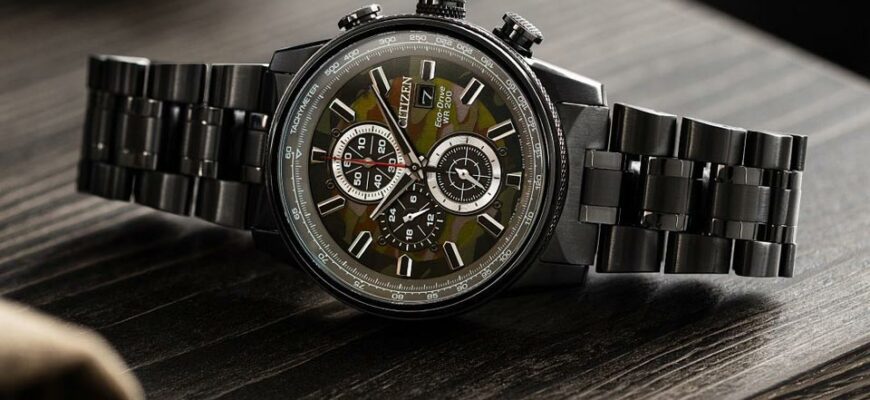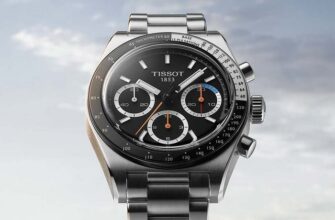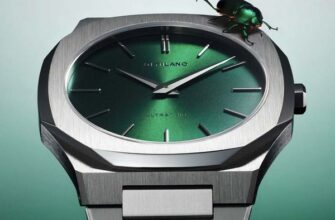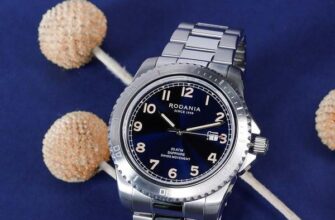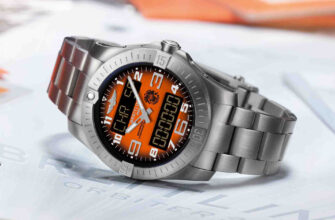watch research institute
In March 1918, the Shokosha Watch Research Institute was established, from which Swiss and Japanese investors founded Citizen in 1930. Let it be so, but the history of the brand, by common consent, begins in 1924, when the Research Institute of Watches released a pocket watch, which was named Citizen with the light hand of the Swiss watchmaker Rodolphe Schmid (he registered this trademark in Switzerland back in 1918, and especially for watches sold in Japan) and with the support of the then mayor of Tokyo, Count Goto Shinpei, who liked the idea of making quality watches accessible to the masses.
The founders of the company named their business project in honor of these first pocket Citizen, a year later, in June 1931, Citizen Watch Co presented its first wristwatch, by 1936 the company's factory in the city of Tanasi began operating. Prior to World War II, the company relied heavily on technology and know-how from Switzerland, during the war years it produced machine parts, and in the post-war period, Citizen experienced rapid growth that today makes Citizen one of the largest watch manufacturers in the world. In March 1952, the company released the first Japanese watch with a calendar, in 1955 Citizen began to export its products, five years later, in 1960, it entered into an import-export agreement with the American watch manufacturer Bulova Watch Co - the latter has been part of the Citizen group since 2008 .
It should be noted that in post-war Japan there were only four watch companies, K. Hattori & Company (Seiko), Citizen, Ricoh and Orient, and in 1965 the first two companies controlled more than 80% of the market. At the same time, Japan occupied the third place in the world in the production of watches after Switzerland and the USSR.
True, in subsequent years, the demand for watches began to fall, competition increased, so manufacturers had to develop new areas of activity for themselves - a subsidiary company, Citizen Business Machines, was established to produce calculators (Ricoh at the same time moved away from watch business altogether), as well as to increase exports and presence in foreign markets (in 1965, the brand opened a representative office in Germany, through which successful export of watches to Europe began).
X8 Cosmotron
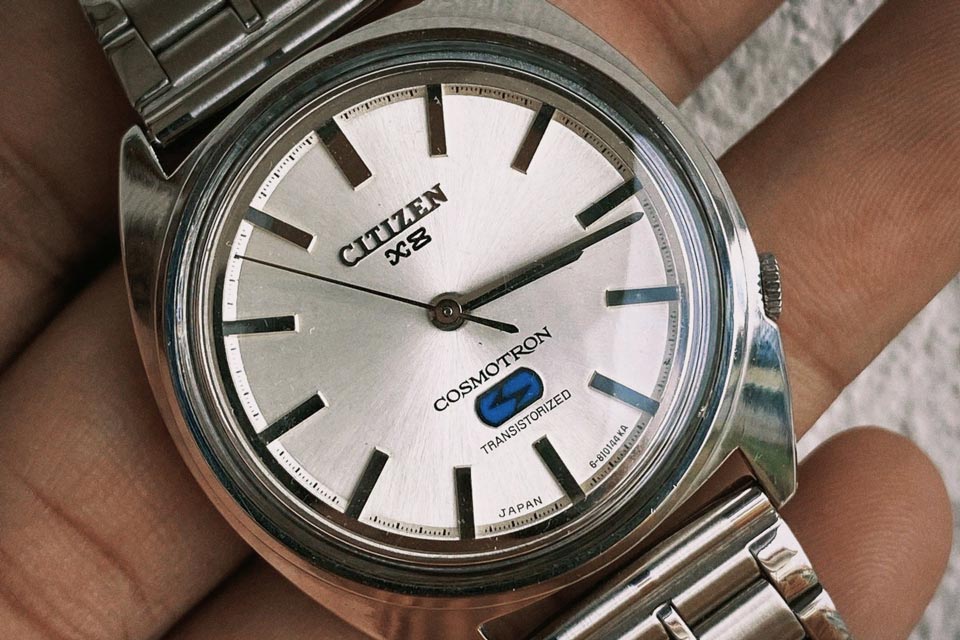
In the pursuit of innovation, the Citizen Research Laboratory was founded in 1964, through whose efforts only two years later, in March 1966, the first Japanese electronic watch, the X8 Cosmotron, was introduced. The X8 used a then-new hybrid-electric technology that replaced the traditional spring that drives the mechanism. Although a similar hybrid approach had been introduced many years earlier in the Hamilton Ventura (1957), Citizen claimed it was "the world's first true electronic wristwatch". The X8 Cosmotron's production run was short, only about 10 years, as the quartz revolution took place in the early 1970s and old technology quickly became obsolete.
However, the technology has undergone significant changes in its short history, including the number of semi-oscillations from the usual 18 per hour to 000. and reliability was modern and true, but this particular one gave way to quartz modules. But the X43 was a major achievement for both Citizen and the Japanese watch industry as a whole, and innovation became the watchword of the brand for the next half century.
quartz revolution
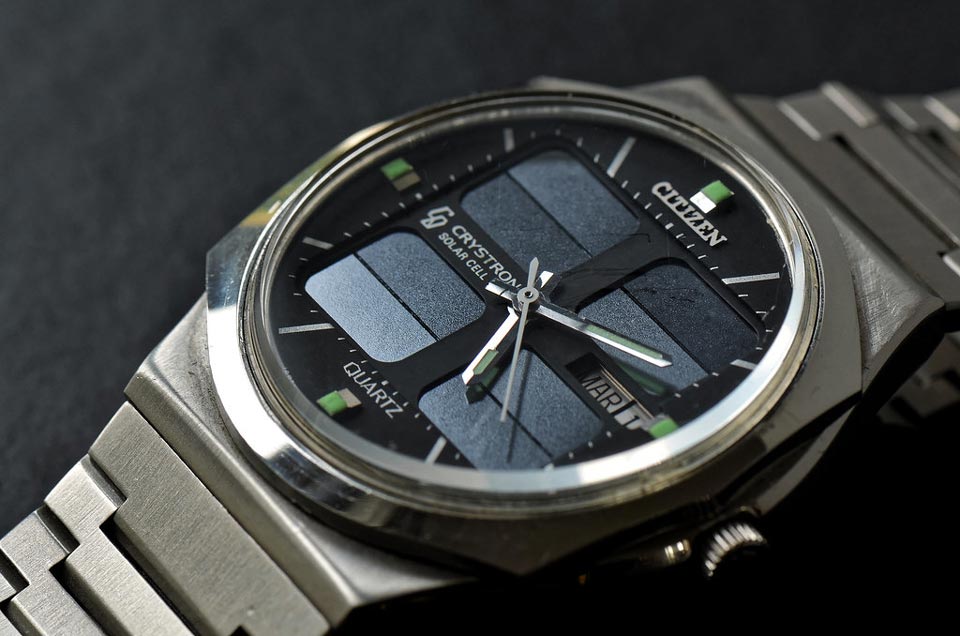
In 1969, Seiko introduced the world's first Astron quartz watch with unheard-of precision, beginning a tectonic shift in watchmaking and changing the world's watch landscape. Citizen kept up with its peers, and by 1976 the company was producing its own quartz oscillators, and introduced the world's first commercially available solar-powered analog quartz clock, the Crystron Solar Cell.
It is said that the global oil crisis of 1973 prompted the company to develop solar batteries, when alternative energy sources began to be explored everywhere, but, in addition, Citizen sought not only to increase the relatively short service life of quartz batteries, but also to get rid of them in principle.
Between this and then
In 1967, the company entered the jewelry business, creating a subsidiary, Citizen Jewelry, later merged with Citizen Trading Co. In 1968, the Citizen de Mexico SA de CV joint venture was founded to assemble and sell watches in Mexico. In the 1970s, several watchmaking joint ventures were founded: in Latin America in 1973, in Germany in 1974 and in Korea in 1975. By 1978, a quarter of Citizen watches were produced outside of Japan.
In 1975, the company entered the US market by establishing a subsidiary, Citizen Watch Company of America, Inc. Sales soared, and by 1980 Japan had risen to become the world's second largest watchmaker, only one percent behind Switzerland.
Energy of sun
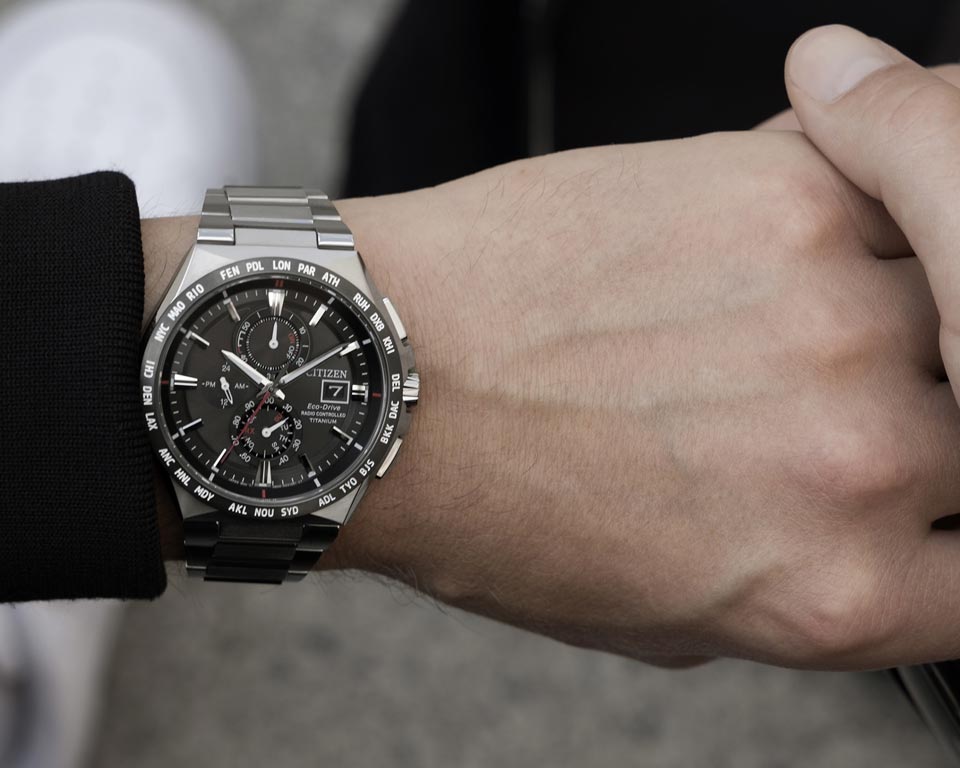
However, Crystron Solar Cell technology fell short of the brand's historical ethos of "watches and people living together." The interior lighting was rarely sufficient to generate enough electricity, and the battery cell could not hold a large supply, so this watch never lived up to the standard of everyday watch.
Citizen continued research, and in the mid-1980s debuted a model with an eight-day power reserve. By 1995, lithium-ion technology provided a six-month power reserve, and the famous Citizen Eco-Drive was born. (In 2007, Citizen estimated that its technology prevented the disposal of ten million watch batteries in the US alone.)
Power reserve/battery life is good, but what about Citizen's watchmaker's perpetual pursuit of precision? Quartz watches per month gave out an error less than most mechanical watches per day, they surpassed all traditional chronometer standards at times. In its quest for excellence, Citizen succeeded once again when, in 1993, it released the first watch that synchronized with atomic clocks via radio, bringing wristwatch accuracy to a staggering one second in 100 years (today that's millions of years).
The Citizen Skyhawk AT Series can connect to atomic clocks in Japan, Europe and North America while maintaining flawless time zone accuracy and correctness. The day of the week, date, daylight saving time and world time are synchronized automatically. The built-in Eco-Drive in the Citizen Perpetual Chrono AT eliminates the need for batteries.
Miyota
If you carefully study the characteristics of watches, then you are probably familiar with Miyota movements. These are the ubiquitous and reliable Japanese workhorses that are popular with a wide variety of brands. Miyota is owned by the Citizen group, produces affordable movements day and night (one per second), and is a direct competitor to Seiko. Founded in 1959 by Citizen in Miyota, Nagano Prefecture (hence the name), by 1986 it had become the leading movement manufacturer in the world, and the Miyota 2035 quartz movement, the most produced movement in the world in the history of the watch industry, by 2005 was 3,5 billion released by 2035.
In 2010, Miyota introduced the UHF 262 kHz quartz movement with a three-pin quartz crystal producing an ultra-high frequency of 262 Hz; in comparison, a high-frequency mechanical caliber runs at 144 Hz. This Miyota quartz movement has an accuracy of +/- 5 seconds per year, which is better than most mechanical watches per day. The average quartz movement has an accuracy of about 10 seconds per month, that is, about 15 minutes per year.
The Eco-Drive caliber 0100 (which uses Citizen's Eco-Drive technology) is accurate to +/- 1 second per year. It vibrates at a frequency of 8 Hz! This is 388 times faster than a conventional quartz movement and several million times faster than a mechanical counterpart. The new mechanism is more resistant to temperature changes and less affected by gravity, and even adjusts to temperature fluctuations every minute.
Caliber 0200
In addition to the mentioned Miyota and Bulova, today the Citizen group owns Frederique Constant, Arnold & Son, Alpina and La Joux-Perret. Based in La Chaux-de-Fonds, La Joux-Perret is a manufacturer of high quality movements whose clients include many respected Swiss brands. Citizen has teamed up with La Joux-Perret to create the new caliber 0200, which combines the watchmaking expertise of both companies with an accuracy of -3/+5 seconds per day, better than the minimum chronometer standards.
It consists of 26 jewels, operates at a frequency of 4 Hz and has a power reserve of 60 hours. Once assembled, the 0200 is tested for 17 days in six positions and three temperatures to ensure it is accurate.
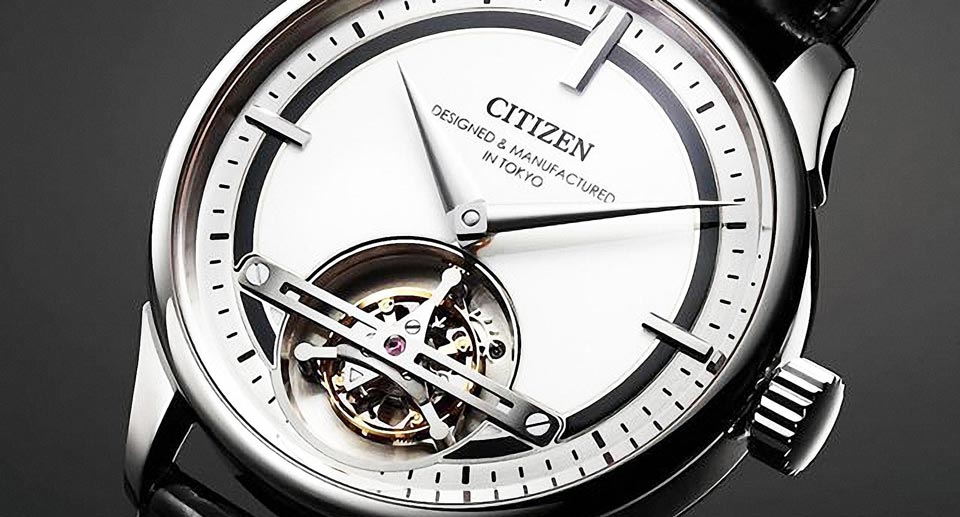
While the general public knows Citizen as a brand of quartz and affordable watches that you can find in any department store, the brand is characterized by forays into the fields of fine watchmaking. Of course, we are talking about the Tourbillon Y01 in honor of the 300th anniversary of the Daimaru chain of Japanese stores (2017). The tourbillon is said to have been made by Hajima Asaoka, an independent Japanese watchmaker, which in no way detracts from the value of limited edition watches with this complication.
The sports watch The Citizen, which uses the caliber 0200, more confidently than the Tourbillon Y01, declares the brand's readiness to leave the usual comfort zone and join the fight for the buyer of luxury Japanese chronometers. Perhaps the "set" of companies that make up the group will ultimately help Citizen make such a breakthrough. Whether we are right or not, only time will tell.
